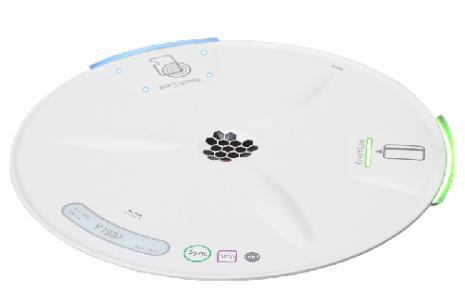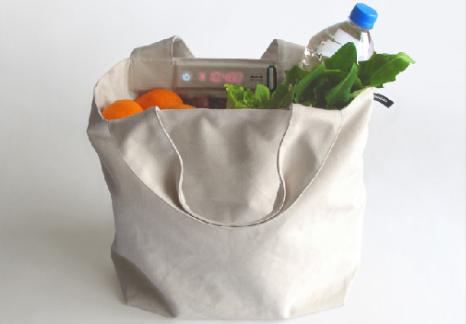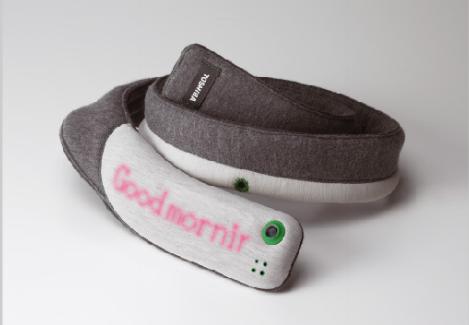
In order to cover one of this year’s remarkable mobile exhibitions in Tokyo, I’ve checked many IT news sources, but most of new products and new services introduced at the exhibition have been already featured on Asiajin. (Probably this is what we have to be proud of, because that means we keep covering the cutting-edge.)
That’s why we focus only on what we’ve never featured on Asiajin but have been exhibited at Wireless Japan 2009.
![]()

Mobile giant NTT DoCoMo and Applix, a Tokyo-based Java mobile platform developer having two-dozen-year history, announced they would join forces to develop AR(Augmented Reality) products. Following Tonchi-Dot’s Sekai Camera[E/J] (backed up by Softbank Mobile) and KDDI’s AR cellphone, NTT DoCoMo joined the race in developing AR-based products, which means all three Japanese mobile carriers believe AR may be one of key factors for making the next-generation mobile business more successful.
The video above was taken and published on YouTube by freelance writer Tamotsu Hashimoto.
The team of NTT DoCoMo and Applix developed a new Android app allowing you to retrieve information associated with what you’re seeing through a camera built-in your cellphone, and its experimental prototype was exhibited. The app is also downloadable for signed up users at the trial service category[J] of NTT DoCoMo’s corporate website.
![]()
Meanwhile, Japan’s only PHS mobile operator Willcom developed a high-speed data transmission standard called XGP, and it’s now on test drive at Tokyo’s CBD. However, with such a brand new technology, most of us have no idea on how our life will be changed in the future. Willcom developed a variety of concept-based product mockups in association with major Japanese mobile device manufacturers, and those have been introduced on the company’s special website[J] for the last several months. The mockups were actually exhibited within booth visitor’s reach, which makes us easier to imagine what happens next.
(The mockups introduced below are not intended for sales but conceptual models for encouraging further consumer understanding.)
![]()

Network Buoy developed by JRC
A floating WiFi access point allows you to enjoy the Internet on sea, lake and river. It measures up-to-date water temperature and sea current, capture images and sounds, and transmit them over wireless Internet connection.

Broadband Communication Tool for Motorbike Riders developed by JRC
By attaching this device to a motorbike rider’s helmet, he/she will be always updated with useful information even while he/she is driving.


Image Tube: Multi-task Display developed by Kyocera
An LCD rolled around a hand-held body will show you a variety of information, and you can choose a menu only by touching it with your finger.


Air Tray: Multi-method Transaction Terminal co-developed by NEC Infrontier and NEC Design & Promotion
A device enabling IC-card and contactless cellphone wallet-based transactions even at food trucks and food carts.


Energy Bulb: A Clean Energy Server developed by Sanyo Electric
Solar battery, battery charger and WiFi access point in one. It always connects with Internet and distributed energy and information to household appliances at your home.
![]()

Amaterasu & Tsukuyomi: A Tribal Communication Tool developed by SII (Seiko Instruments), named after the Gods of the Sun and the Moon in Shinto and Japanese Mythology
Wearing this accessory makes you feel virtually connected with your remote friends for 24 hours a day. It shows you real-time state on the community that you’re a member of.

VLS (Vital Link System): A Set of Sensor Devices developed by SII for Prevention Medicare
By wearing this on your hand, it transmits vital signs 24 hours a day and may reduce the necessity to attend hospital.


Network Ecology Bag developed by Toshiba Mobile Communication[J]
RFID (radio-frequency identification) tagging will be well spread at retail services, this bag allows housewives to keep the list of what you’ve bought. By transmitting the list over the Internet, it allows them to manage the family expenses and to promote health care.

Rental Bike System developed by Toshiba Mobile Communication[J]
This attachment for bicycles will change them to rental bikes. The attachment has features of GPS navigation, FeliCa (for accepting rental fee payment by contactless cellphone wallet) and remote lock system for possible fraud use.

Real-time Translator developed by Toshiba Mobile Communication[J]
A combination of wearing this device and high-speed wireless connectivity allows you to communicate with many people who speak different languages from your mother tongue, since it translates what you speak as well as your gestures. Translation results will be uttered by the device or appeared on its surface.
Wireless Japan 2009, Mobile Innovations Are Out There
The following two tabs change content below.

